Associated Projects
The main projects P1-9 are accompanied by a selection of associated projects funded mainly by external sources. The topics range from machine learning and philosophy of computer simulation to method development in computational catalysis and protein research.
Current associated projects will soon appear here.

